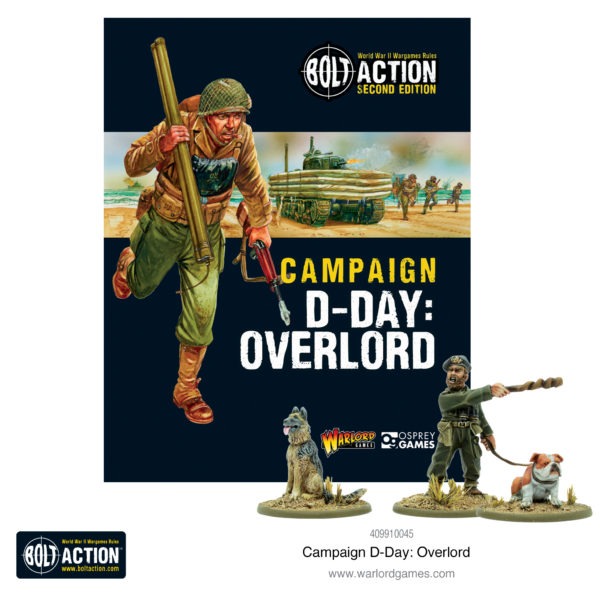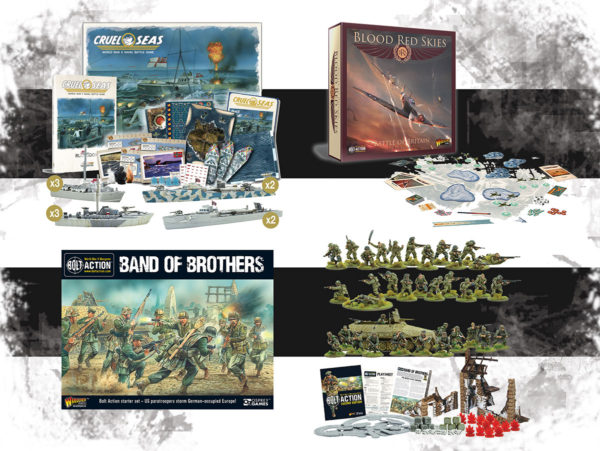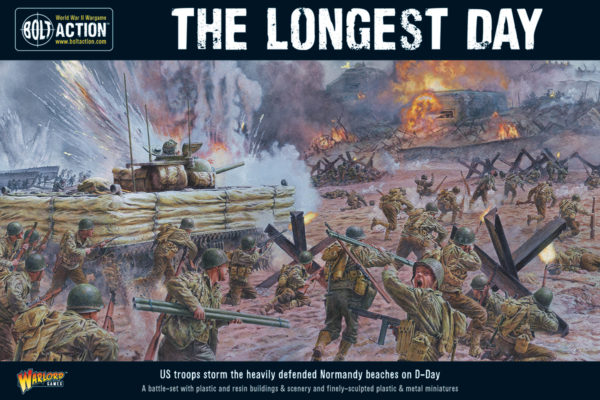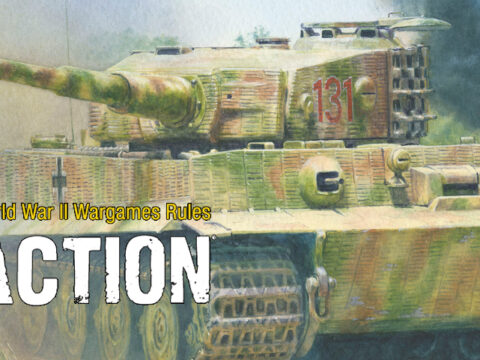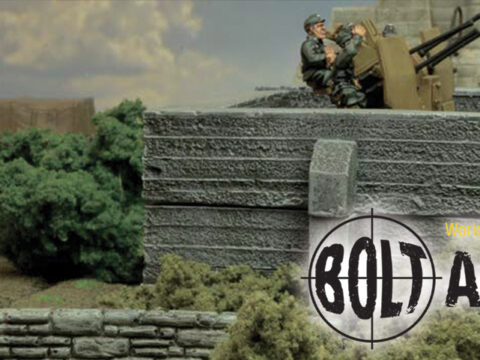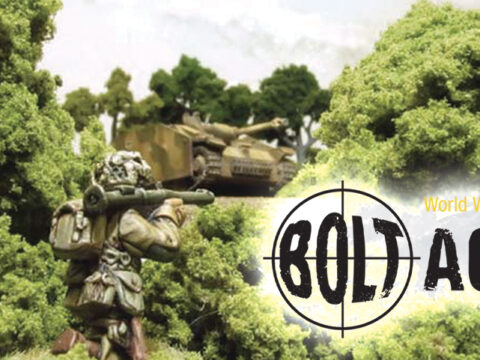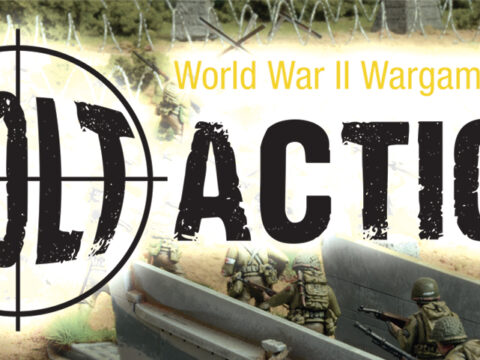This week, we’re looking at some of the interesting personalities you can add to your British & Commonwealth forces during our D-Day campaign!
Brigadier Lord Lovat (Sir Simon Fraser)
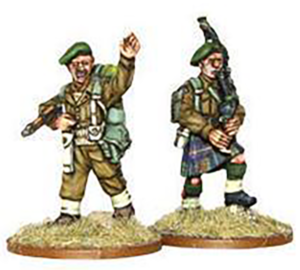 Aristocratic and haughty, Lovat nonetheless inspired confidence in his men through his utter contempt for danger and his fearless leadership. Simon Fraser, the 15th Lord Lovat and head of the Fraser Clan, came from a long military lineage going back at least five hundred years. After attending Oxford University, Lovat joined the army and in 1931 transferred to the Scots Guards as a Second Lieutenant. In 1937 Lovat resigned his commission and returned to his estate.
Aristocratic and haughty, Lovat nonetheless inspired confidence in his men through his utter contempt for danger and his fearless leadership. Simon Fraser, the 15th Lord Lovat and head of the Fraser Clan, came from a long military lineage going back at least five hundred years. After attending Oxford University, Lovat joined the army and in 1931 transferred to the Scots Guards as a Second Lieutenant. In 1937 Lovat resigned his commission and returned to his estate.
Two years later with the threat of war looming, Lovat was recommissioned a Captain with the Scots Guards. In June of 1940 Lovat joined the commandos and was assigned to No. 4 Commando. In April of 1942, after gaining promotion to the rank of Major, Lovat led his first commando operation. The operation was a raid on the French coast at Hardelot. His conduct on this raid earned him the Military
Cross. The citation for the award emphasized his cool and clear leadership under fire.
In August of 1942, Lovat’s role in the Dieppe raid cemented his reputation. No. 4 Commando under Lovat’s command was the most successful unit of the entire operation. They achieved their objective, the destruction of a heavy gun battery while sustaining the lightest casualties of Operation Jubilee. Lovat was awarded the Distinguished Service Order for his outstanding leadership and bravery in what was otherwise a disastrous operation.
With the establishment of the First Special Service Brigade in November of 1943, Lovat was promoted from Lieutenant Colonel to Brigadier and given command of the brigade. The brigade, one of the most elite units in the British Army at the time, was given the vital D-Day mission of linking up with the 6th Airborne, a mission he was confident his men could achieve. On June 6th, Lovat landed on Queen Red beach
with the piper Bill Millin in tow playing highland tunes on his bagpipes at Lovat’s request. For not the only time on D-Day, the men witnessing Lovat and Millin could not believe their eyes as they casually strolled up the beach under heavy fire to the cheers of the men taking cover behind the sea wall.
Lovat himself wore a white jumper under his battledress, sported an American carbine and wore polished brogue shoes. When German machine gun fire kicked sand up on to his shoes he was more concerned about flicking sand off them than reacting to almost being hit. His total dismissal of the danger present was an inspiration and a morale booster to the men that witnessed his conduct on that day. Under his leadership, the 1st Special Service Brigade was able to meet its D-Day objectives on schedule to the delight of the Airborne units relying on their relief. For his D-Day exploits, the French awarded Lovat the Légion d’Honneur and the Croix de Guerre. After six days of hard fighting in the Orne bridgehead, Lovat was seriously wounded and evacuated back to England. He would eventually recover from his wound but not in time to see active service again.
| Cost: | 175pts (Veteran Major) |
| Composition: | Brigadier Lord Lovat, up to two men and Piper Bill Millin (if taken) |
| Weapons: | Pistol, rifle, or SMG as depicted on models |
| Options: | Brigadier Lovat may be accompanied by up 2 men at a cost of +13pts per man Brigadier Lovat may also be accompanied by Piper Bill Millin for +45pts |
| Special Rules: | Commanding Presence: Lord Lovat’s fearless presence keeps the soldiers under him steadfast in their duty, conferring a +5 bonus to morale of units within his command radius. Piper Bill Millin: (If taken) Piper Bill Millin’s bagpipes extend Lord Lovat’s command range out from 12” to 24”. In addition, a force with Lovat accompanied with Bill Millin don’t pick a national characteristic for their force, instead at the start of each turn of the game Bill Millin chooses a tune to play on his bagpipes which is linked to a specific national characteristic.The song played by Millin that turn determines what national characteristic is in effect during that turn. Here are the tunes Millin can play and the National characteristics they bring into effect: Scotland the Brave: Playing ‘Scotland the Brave’ brings the national characteristic ‘Up and ‘at ‘em’ into effect. Black Bear: Playing ‘Black Bear’ brings the national characteristic ‘Tough as Boots’ into effect. Blue Bonnets over the Border: Playing ‘Blue Bonnets over the Border’ brings the national characteristic ‘Rapid Fire’ into effect.If Piper Bill Millin is killed during the course of the game the national characteristic that was in effect remains in effect for the rest of the game. |
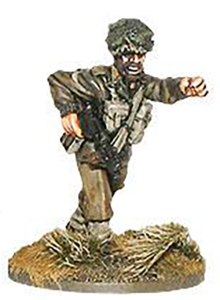 Major Howard owed everything he achieved to extraordinary work ethic and conscientiousness. He started his military career as a private in the King’s Shropshire Light Infantry. From the outbreak of war in 1939, he rose rapidly through the ranks. By April 1940 he was a Regimental Sergeant Major. He was soon offered a chance at an officer’s commission which he reluctantly accepted and obtained. He transferred to the Oxfordshire and Buckinghamshire Light Infantry and was posted to the 2nd Battalion. In 1941 he was promoted to Captain and by the end of the year, the Ox and Bucks were converted to glider-borne troops.
Major Howard owed everything he achieved to extraordinary work ethic and conscientiousness. He started his military career as a private in the King’s Shropshire Light Infantry. From the outbreak of war in 1939, he rose rapidly through the ranks. By April 1940 he was a Regimental Sergeant Major. He was soon offered a chance at an officer’s commission which he reluctantly accepted and obtained. He transferred to the Oxfordshire and Buckinghamshire Light Infantry and was posted to the 2nd Battalion. In 1941 he was promoted to Captain and by the end of the year, the Ox and Bucks were converted to glider-borne troops.
In May 1942, Howard was again promoted to Major and given command of D Company. Howard imbued in his soldiers the same qualities that had made him a successful soldier. D Company gained a reputation under Howard’s command of being the most physically fit, with the highest standards and the highest morale. It was no surprise that D Company would be selected to spearhead one of the most vital operations of D-Day; the taking of Pegasus Bridge.
The coup de main glider assault on Pegasus Bridge was one of the most precise and successful glider operations of the war. The bridge itself was taken in less than ten minutes with few casualties. For his part in leading the operation, Howard received the Distinguished Service Cross. He remained in the front line until September 1944 when the 6th Airborne Division was pulled out of the line.
| Cost: | 180pts (Veteran Major) |
| Composition: | One officer and up to 2 men |
| Weapons: | Pistol, rifle, or SMG as depicted on models |
| Options: | Major Howard may be accompanied by two men at a cost of +14pts per man |
| Special Rules: | Outstanding Physical Training: Infantry units in your force get an extra inch of movement when ordered to Advance and an extra 2” of movement when ordered to Run. |
You can find rules for more iconic characters in our brand new campaign book; D-Day: Overlord. You’ll also find a wealth of background information, along with new units and theatre selectors!
Head over to the webstore now for more information, and to pick up your copy!


